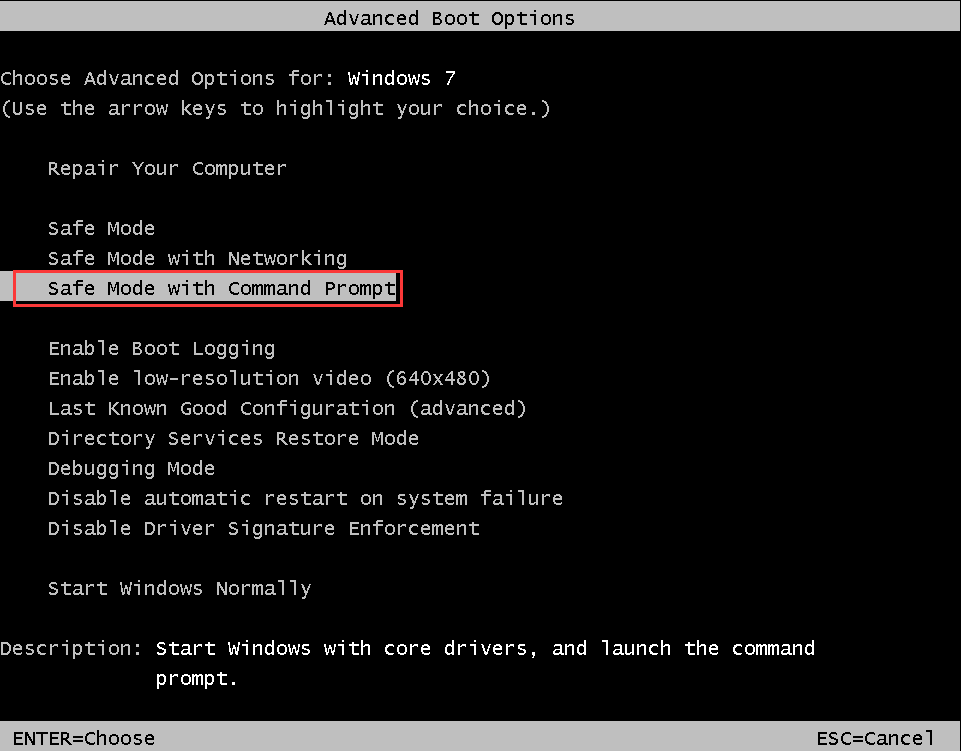

Any errors to be repaired would be listed here. “See details” displays a log of CHKDSK’s activity. That’s why the common advice is to close most programs when running CHKDSK, or at least make sure none can access the drive you’re about to check.Ĭlick Force a dismount and CHKDSK begins its work.Įventually, this is the message you hope to see: Programs may simply notice and do the right thing they may crash or something inbetween. If a program is actually accessing the drive or files on the drive about to be dismounted, the old “results are unpredictable” phrase applies. In general, the default setting is fine when you suspect there is a problem that needs to be fixed.Ĭlick Start, and you may get this message:ĬHKDSK can only check or repair a disk when it is the only program using that disk even the rest of Windows cannot be accessing the disk while CHKDSK does its job. This is a more time-consuming scan of the disk that I’ll discuss below.

If not checked, CHKDSK will simply report, but not fix, any problems that it finds. There are two options presented before CHKDSK begins its work: In the resulting dialog box, click the Tools tab. In Windows Explorer, right-click on the drive you want to check.Ĭlick Properties. The simplest usage of CHKDSK is on a drive that is not your system (Windows) drive. Regardless of its age or origins, CHKDSK is an important tool for disk maintenance and recovery (in some cases) from a variety of disk-related issues. Yet in other ways, it’s pretty much the same old disk checking utility that we’ve been using since the days of DOS. This utility has in some ways changed dramatically for new environments and new disk formats. CHKDSK has been around since before the days of Windows.


 0 kommentar(er)
0 kommentar(er)
